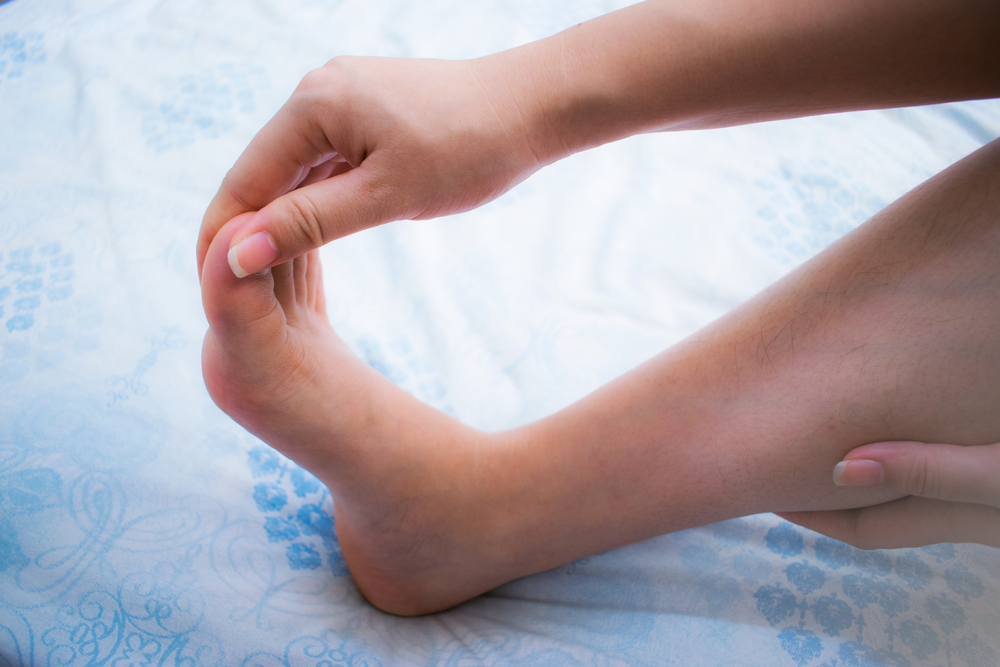Dysport Therapeutic Approved by Health Canada for Lower Limb Spasticity Treatment in Adults
Written by |

AbobotulinumtoxinA, marketed as Dysport Therapeutic by Ipsen Biopharmaceuticals Canada, was approved by Health Canada for the treatment of lower limb focal spasticity in adults.
Focal spasticity is a medical disorder characterized by an abnormal increase in muscular stiffness in one or more muscles, and usually is the result of a brain or spinal cord injury. Such injury may affect movement control and impair daily activities. Spasticity may be linked to multiple sclerosis, cerebral palsy, spinal cord injury, stroke, and brain or head trauma.
The degree of spasticity ranges from mild muscle stiffness to severe, painful and uncontrollable muscle spasms. In the lower limbs, spasticity usually occurs in the gastrocnemius and soleus muscle complex located in the calf. These calf muscles are responsible for walking by raising the heel from the ground.
Increased muscle tone, exaggerated deep tendon reflexes, rapid muscle contractions and/or muscle spasms are some of the clinical symptoms associated with spasticity.
Dysport Therapeutic consists of an injectable form of botulinum toxin type A (BoNT-A), a molecule produced by Clostridium bacteria. Dysport blocks overactive nerve signals, causing contracted muscles to relax.
Positive results from a Phase 3 clinical trial, including 385 patients with lower limb spasticity, dictated Dysport Therapeutic’s regulatory approval.
Patients were randomized to receive Dysport 1,000 units (125 patients), 1,500 units (128 patients), and placebo (128 patients) via intramuscular injection into the gastrocnemius-soleus muscle complex.
Muscle tone was assessed by the Modified Ashworth Scale (MAS) test at the ankle joint (with the knee extended) at week four of treatment.
Mean changes in MAS in the gastrocnemius-soleus muscle complex from day 0 were -0.5 in the placebo group, -0.6 in the Dysport 1,000 units group, and -0.8 in the Dysport 1,500 units group.
Results showed that Dysport 1,500 units injection improved muscle tone and spasticity at the ankle joint at week four. Treatment response lasted 12–16 weeks in most of the patients.
Adverse reactions were registered, and the most prevalent were falls, muscular weakness and myalgia (muscle pain).
“In addition to rehabilitation, botulinum neurotoxin medication represents an important intervention in helping patients impacted by lower limb spasticity move towards improving their function and ultimately their quality-of-life”, Theodore Wein, MD, said in a press release. Wein is assistant professor of Neurology and Neurosurgery, Stroke Prevention Clinic, Montreal General Hospital, Quebec.
Dysport already is approved in the U.S. as a therapy for lower limb spasticity in adults.
“The Health Canada approval represents an important milestone for our company. Dysport now has the broadest spasticity label in Canada among the botulinum neurotoxins, which are critical in managing disabling motor disorders. The approved indications of adult upper and lower limb spasticity and pediatric lower limb spasticity underscore Ipsen’s commitment to patients and the motor disorders community at large,” said Paul Reider, general manager for Ipsen Biopharmaceuticals Canada.





